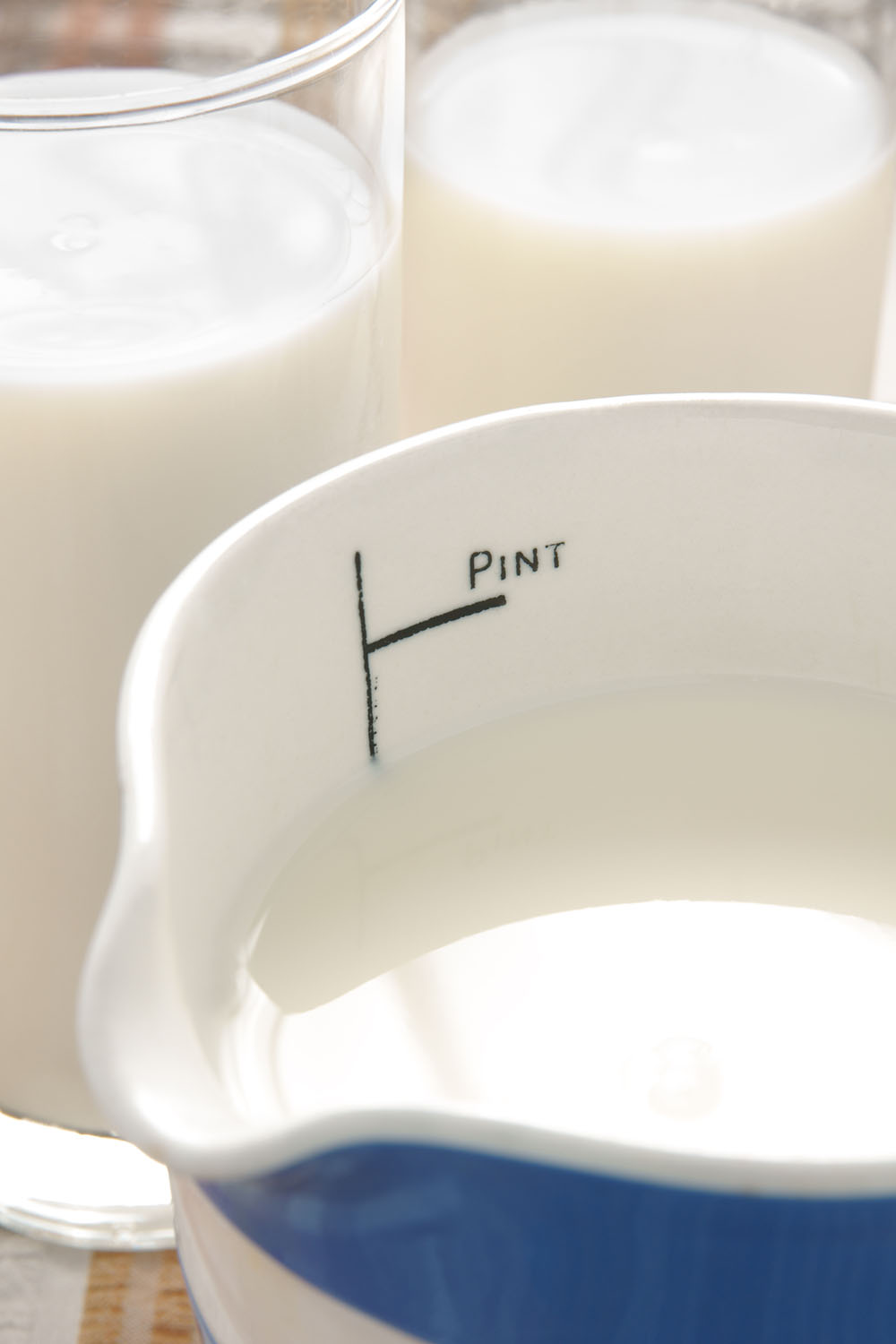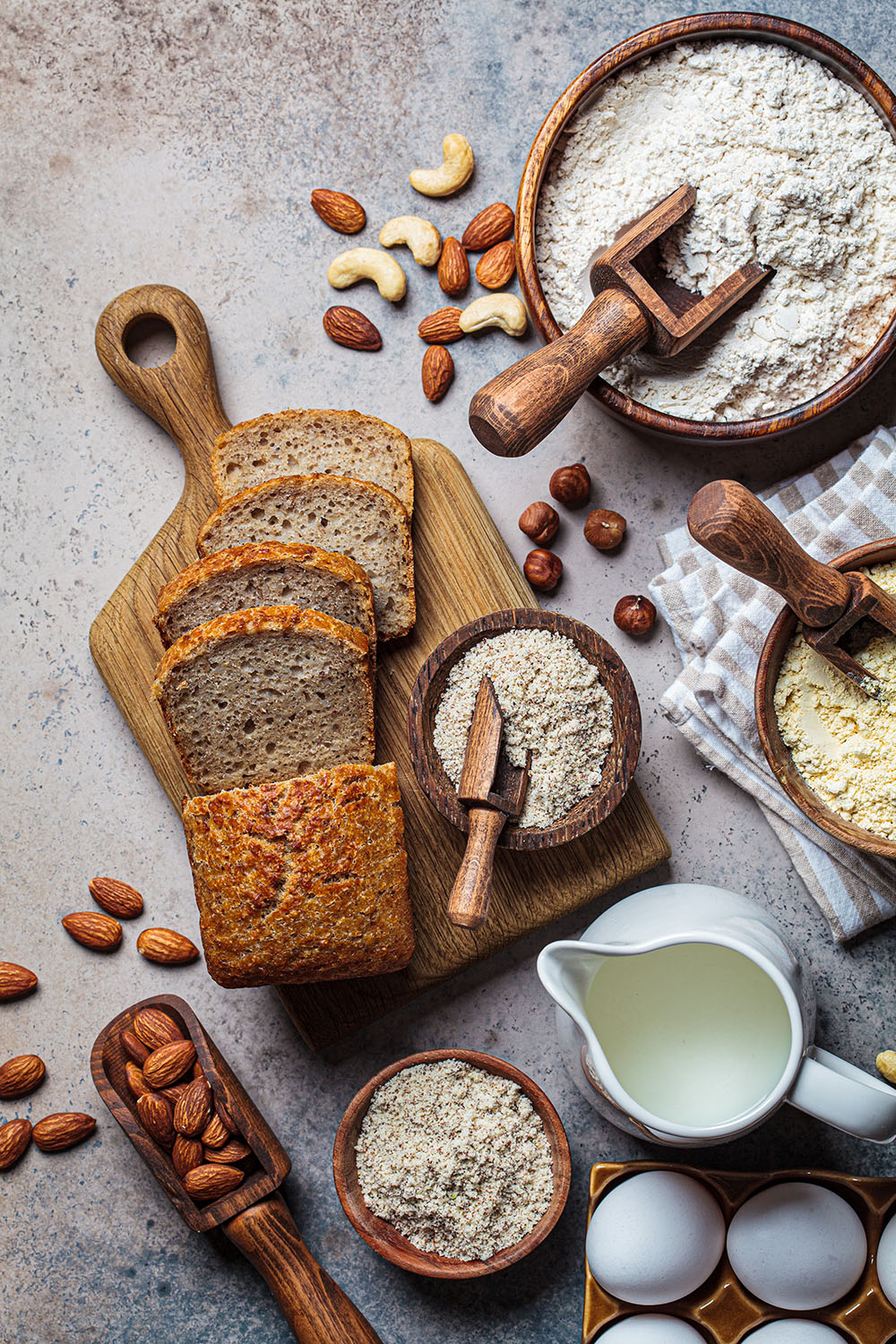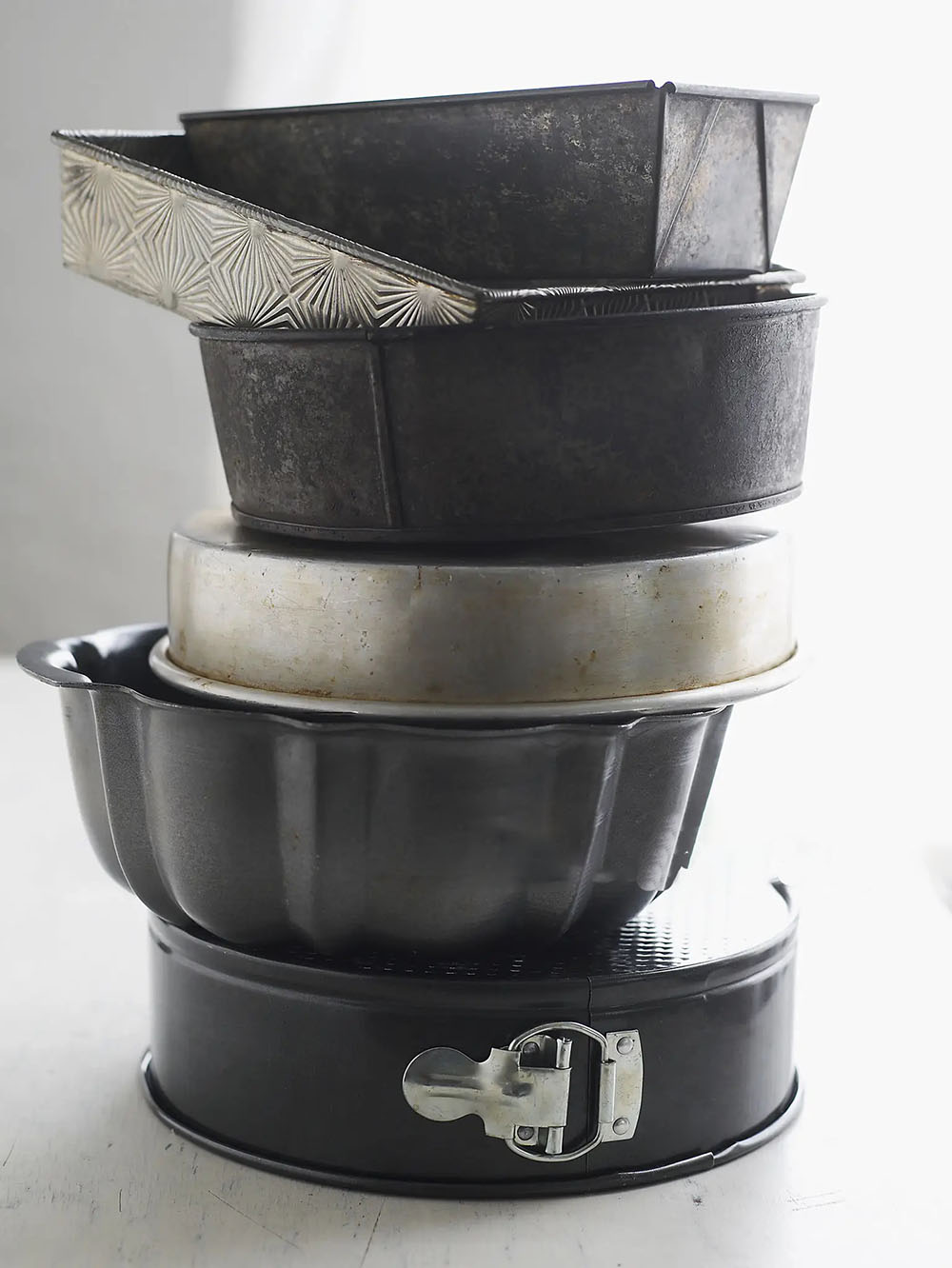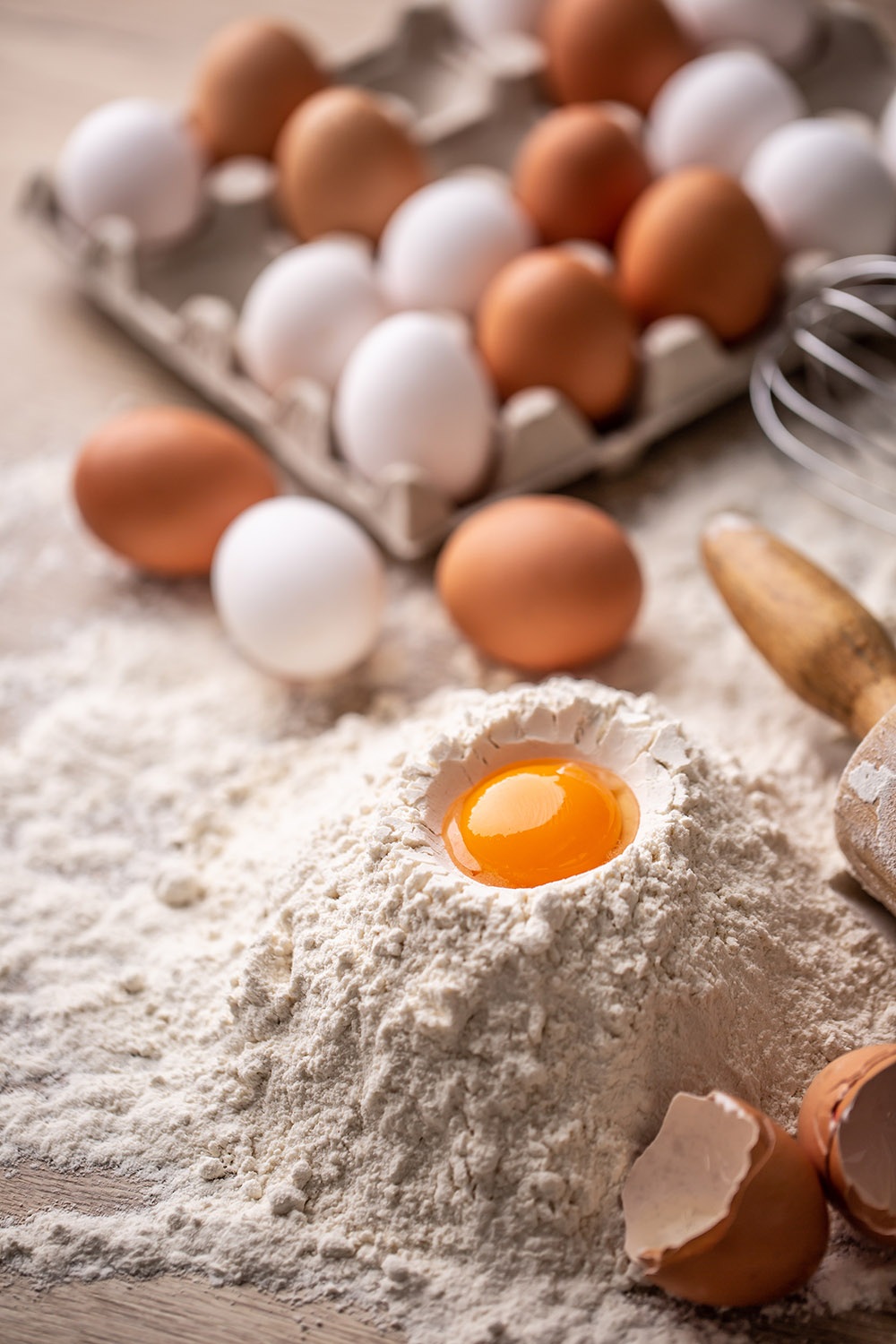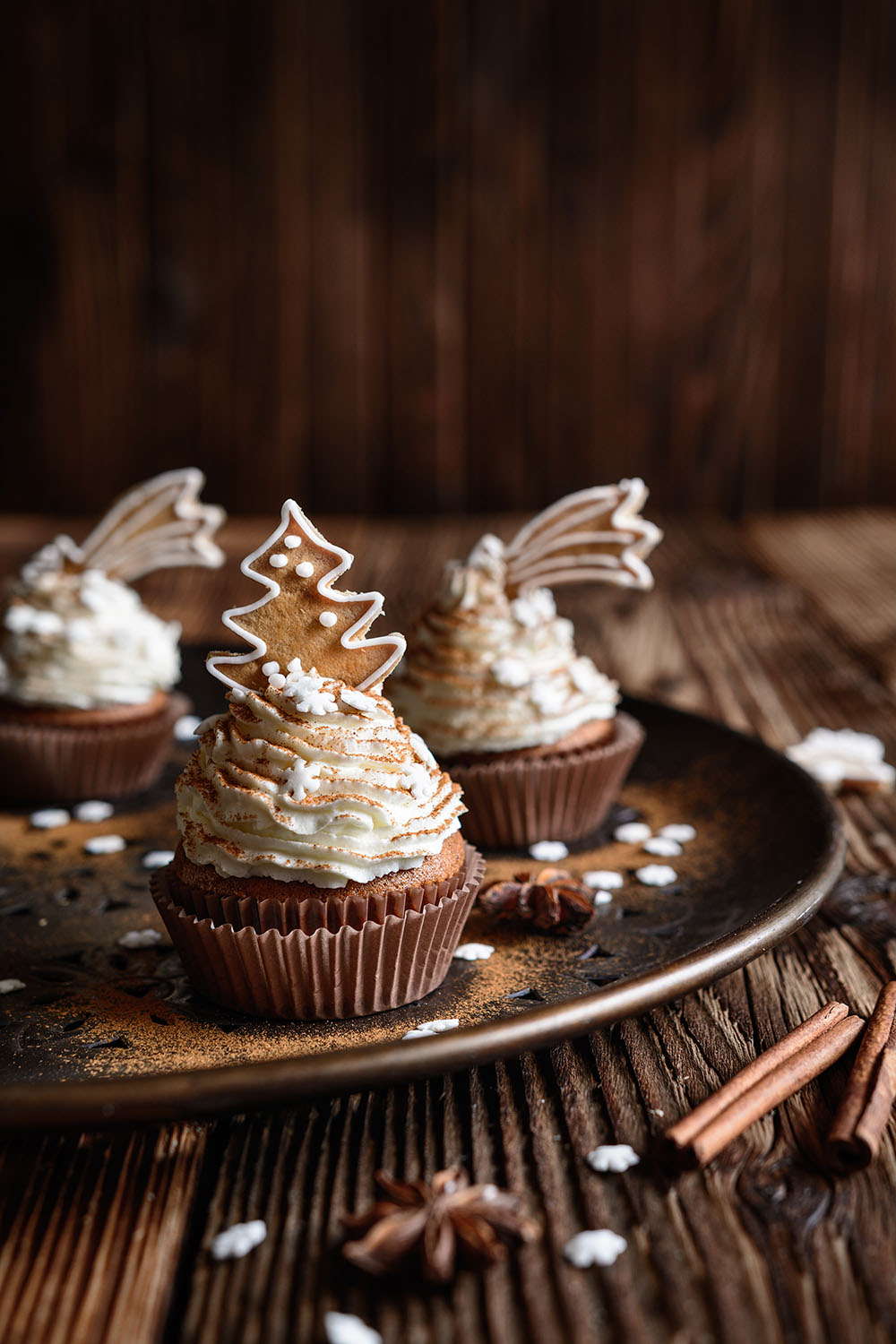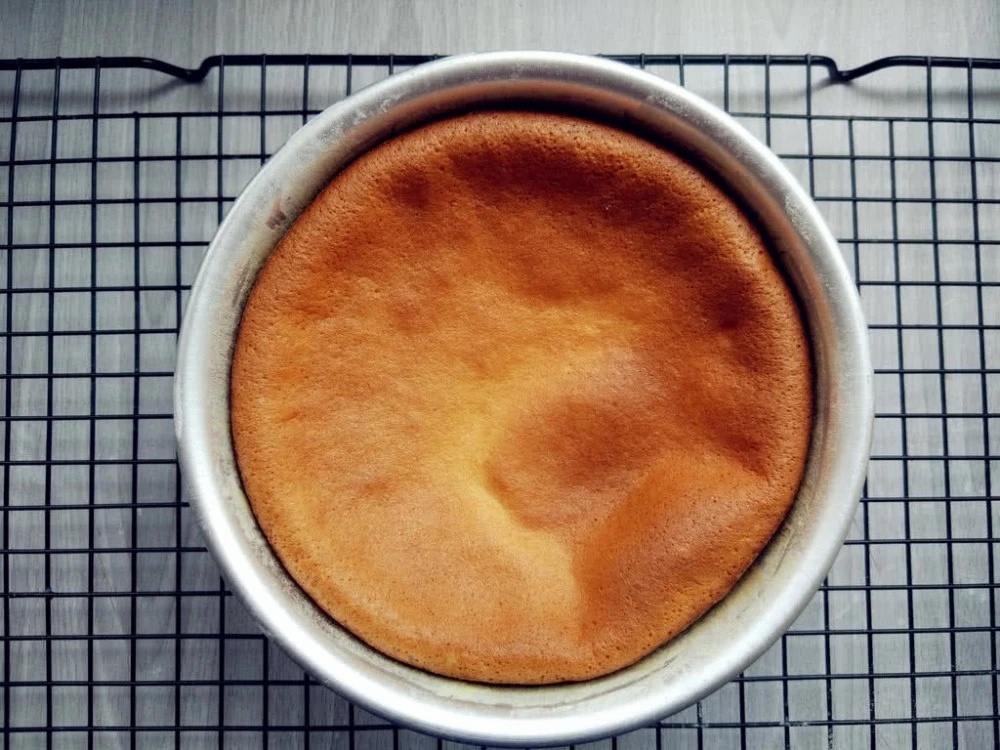When your luck runs out alongside your baking soda, it’s not the end of the world. While no stand-in is quite the same, many work well enough.
Some of these came from my own experience of running out mid-recipe and having to think on my feet. Others were intriguing suggestions I’d heard about, which led me to roll up my sleeves and conduct a few kitchen experiments to see how they fared.
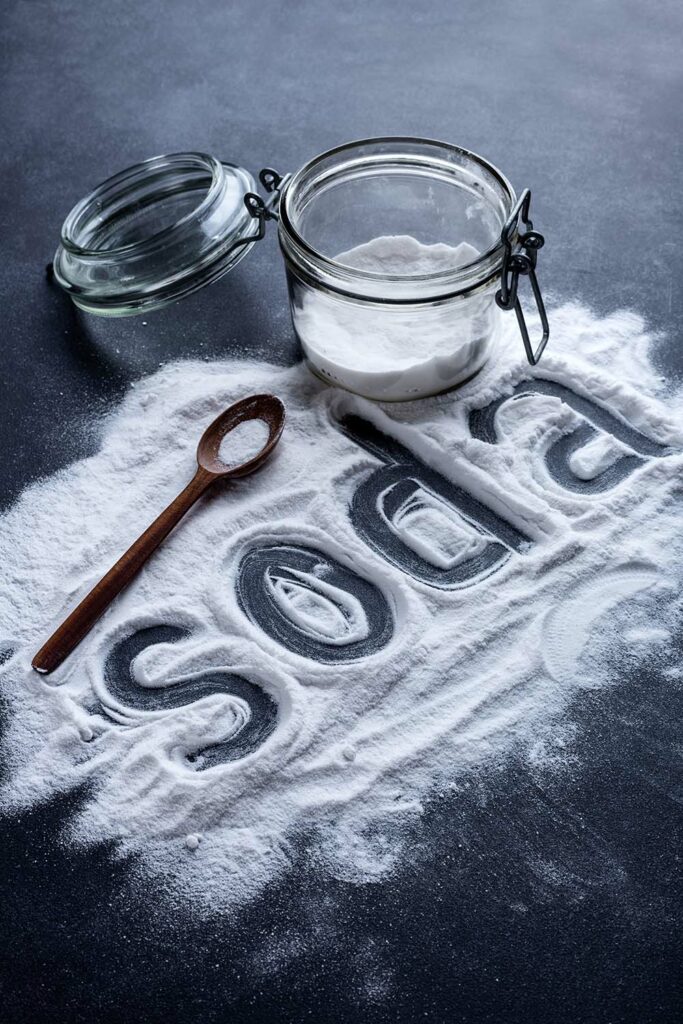
Let’s pause for a second to look at 7 substitutes for baking soda and continue with your baking game!
What Can I Use Instead Of Baking Soda?
Baking Powder
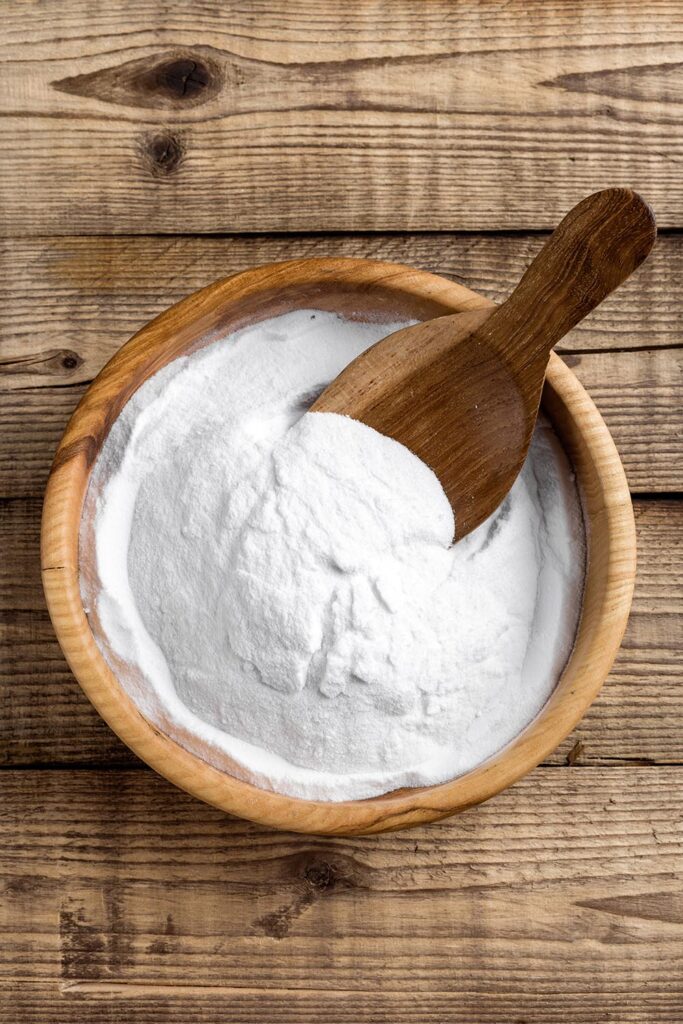
Baking powder often gets mistaken for baking soda, but they’re not the same. Luckily, it’s also a leavening agent and probably the best baking soda replacement out there, though not perfect.
Just a heads-up – its leavening power isn’t as strong as plain baking soda, so you must adjust the ratio.
I often go with three times the amount. This means 3 teaspoons of baking powder for each teaspoon of baking soda. If the original recipe calls for both, add the original amount of baking powder plus what you need to replace the baking soda.
While handy in a bind, baking powder can make your cookies and cakes a bit fluffier and cakier. It also lends a slightly more salty, acidic flavor than baking soda.
If your recipe already has salt, cutting it back by half is a good idea. Also, consider adjusting other acidic ingredients with something more neutral to balance the flavors.
See more: Baking Soda vs Baking Powder
Potassium Bicarbonate
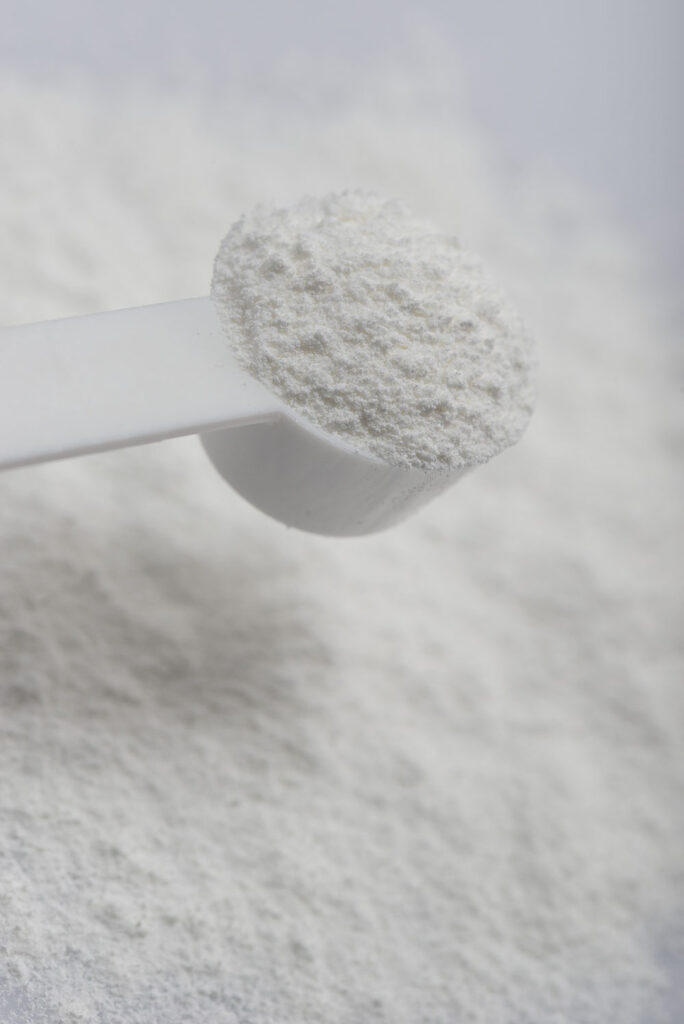
Potassium bicarbonate is a handy choice for those watching their salt intake. Commonly used as a supplement, it has the same leavening power as baking soda but without the sodium. I’ve successfully used it one-for-one in all recipes.
But with its low salt content, your dish’s taste might change a bit. If you don’t mind the salt, you can add 1⁄3 tsp salt or even more to compensate for every tsp.
Baker’s Ammonia
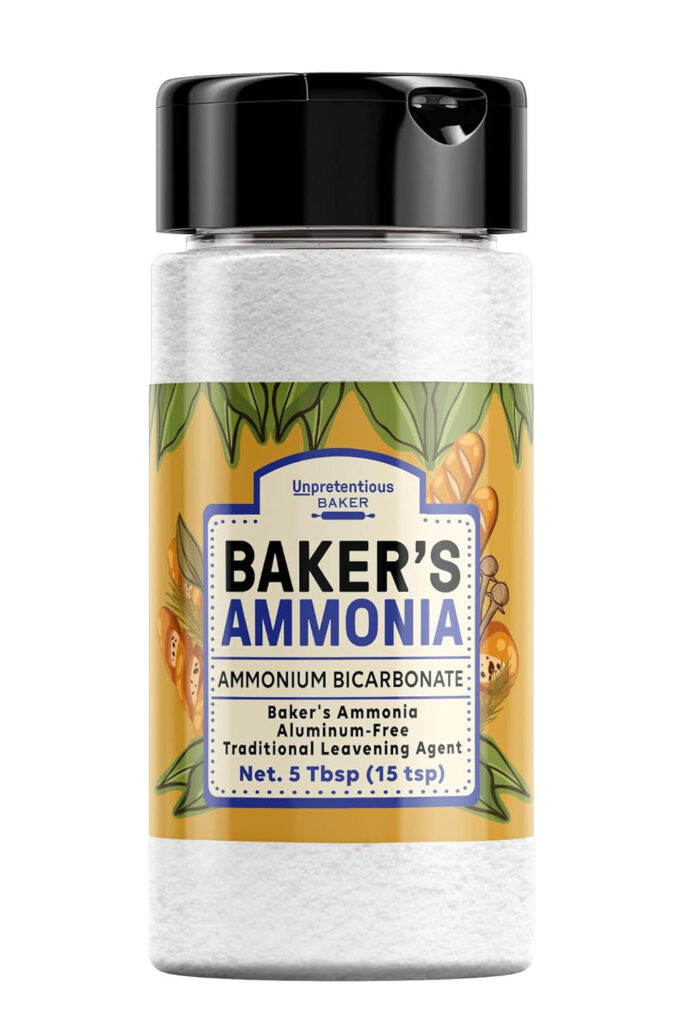
This is an old-school leavening agent commonly used before baking powder, and soda took the stage.
It reacts with heat and acid to create bubbles, similar to baking soda. It’s perfect for concoctions where you want a distinct crispiness, like thin cookies or crackers.
You can swap it for baking soda in a 1:1 ratio. I find Baker’s ammonia works best in low-moisture baked goods like crackers and biscotti. Its crispiness gives these items a delightful crunch!
Don’t forget to address the elephant in the room: the smell. Baker’s ammonia can release a strong scent, especially in high-moisture items. In thick batters like cake or muffins, the scent may linger even longer.
I’d avoid it in anything with a moist crumb and let it fully evaporate in dry bakes where its power shines.
Self-Rising Flour
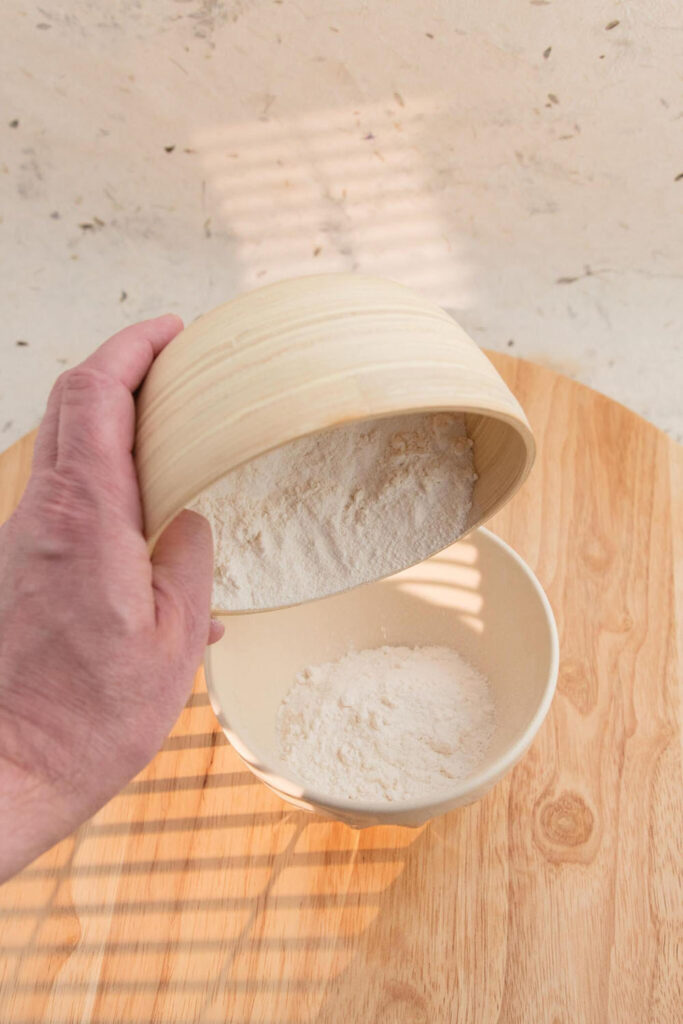
Then there’s self-rising flour, a handy blend of flour, baking powder, and salt. It’s a savior when you’re out of baking soda. Even better, it already contains a leavening agent, so you can use it instead of regular flour without adding more baking soda or powder.
The road is a bit bumpier, however, as you may have to make more adjustments to get an acceptable result.
The trick I use is that, first, swap the self-rising flour for the regular flour in your recipe one-for-one. Then, calculate and adjust the baking powder you’ve added this way (Remember that there is already 1 1⁄2 tsp of baking powder in every cup of self-rising flour?)
Here is an example. Let’s say you’ve got a recipe asking for 2 cups of all-purpose flour and 1 tsp baking soda. Swap in 2 cups of self-rising flour instead, and you’re golden.
But, and it’s a big but, if your recipe includes acidic ingredients for the baking soda to react with, you might want to swap them out. Like, replace buttermilk with regular milk to keep flavors balanced.
And remember, don’t use self-rising flour in recipes that don’t call for flour – it’ll throw off the consistency completely.
Whipped Egg Whites
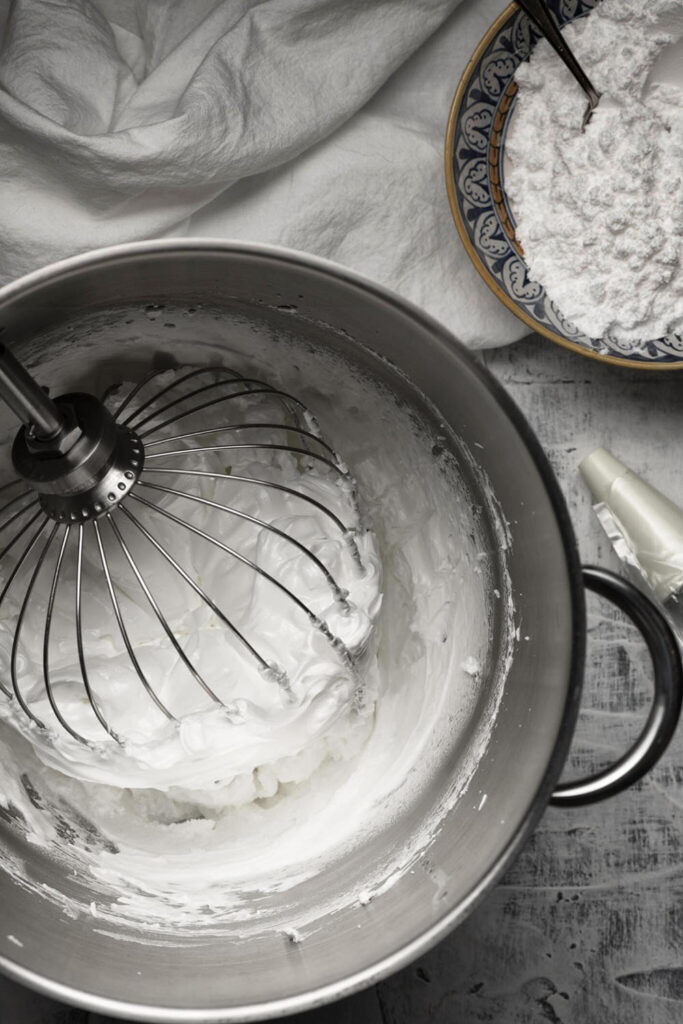
Egg whites are a mechanical leavening agent. In simpler words, they can add air and volume to your baked goods without relying on any chemical reactions. It’s the proteins in the whites that add structure to your bake.
They’re a great fit for simpler baked goods that aren’t too complex and, ideally, don’t contain too much liquid. I’m sure your sponge cakes, meringues, or soufflés will love this substitute.
You’ll want to use two whipped egg whites for every 1 teaspoon of baking soda.
The goal here is to incorporate as much air as possible for that much-needed lift. So, please separate the yolks from the whites and whip the whites until they form stiff peaks. Then, gently fold them into your batter or dough right at the end so you don’t lose all that lovely air.
If your recipe has liquid ingredients, try to balance it out to prevent thinning the consistency too much.
Measure the whites and cut out the same amount of liquid from the recipe. This trick works wonders in cookie recipes that call for eggs but no additional liquid.
Club Soda
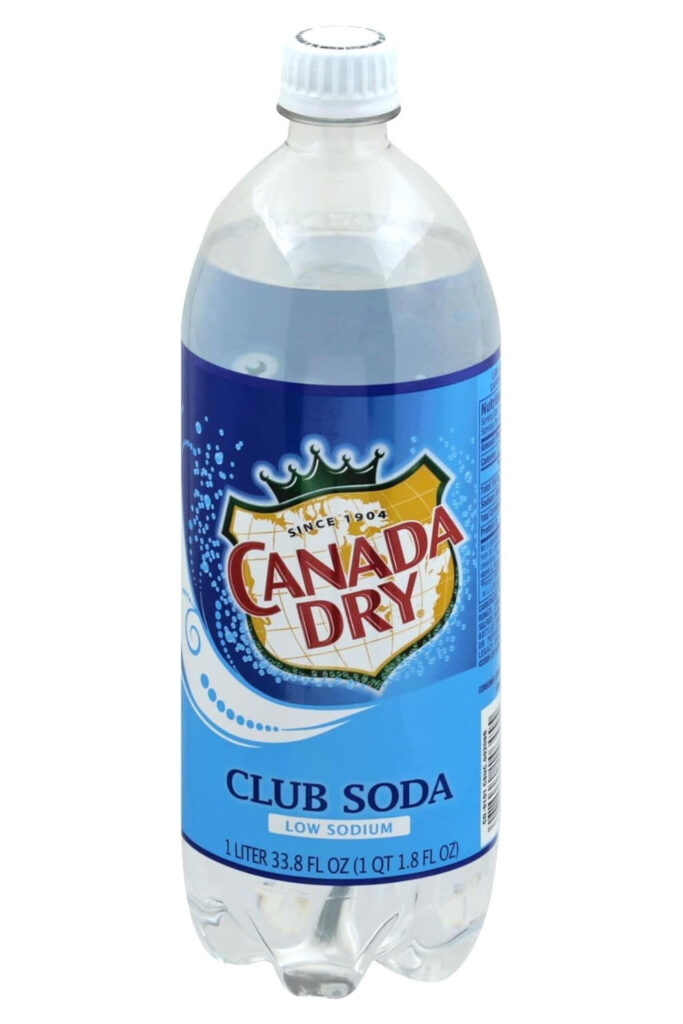
Thanks to the carbonation, club soda can help baked goods rise a bit when baking soda’s missing.
I’d recommend it for recipes needing at least ½ cup of liquid. Just swap in the same amount of club soda for the called-for liquid, and you’re all set. This way, you balance the recipe and avoid making your batter too runny.
A quick reminder: act quickly once you’ve added the club soda. The carbonation can escape into the air if you dilly-dally, and you’ll lose that leavening action. So, mix fast and get your bake into the oven pronto to capitalize on the bubbles before they disappear!
Also, club soda can’t quite match the lift baking soda gives. So, it’s not a perfect substitute for recipes that need to be super light and fluffy.
Whipped Cream
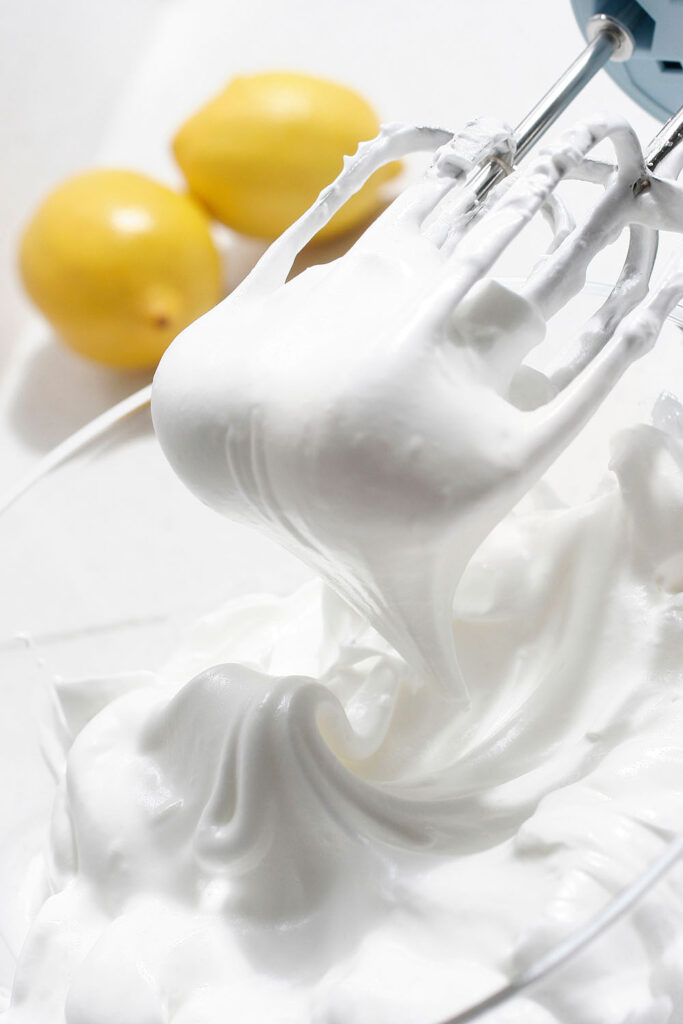
When a recipe calls for heavy cream, whipped cream can provide some extra lift in a pinch. It won’t replicate baking soda fully, but it can provide a helpful boost.
You might want to use whipped cream only in simple bakes like pancakes or waffles, where the leavening isn’t make-or-break. Simply whip the cream with a whisk or mixer until peaks form before adding it to the batter.
The key is not overmixing once added, or you may limit the rise. Gently fold or stir just until combined. The air whipped into the cream will help achieve a fluffier texture.
Yeast as an Alternative to Baking Soda? Let’s Rethink That
If you’re eyeing that yeast packet as a last-minute swap for baking soda, hold up! It’s a common thought, but yeast and baking soda play entirely different roles in baking.
Yeast, a living organism, works its magic over time, giving bread its rise and unique flavor. It’s not just a quick fix like baking soda. It needs specific conditions to work – warmth and time, for starters. A perfect place is bread, where you want that distinct yeast flavor and texture.
But toss it into a cake or cookie recipe, and you’re in for a surprise – not the good kind. The flavor will be off, and the texture? Well, let’s just say yeast won’t give you the quick lift and airy crumb that baking soda does.
Can I Just Omit the Baking Soda When It’s Not Available?
In some cases, you can get away with that. But it’s also a bit of a balancing act.
Skipping it should be a last resort for only the simplest recipes. And there is always a catch. Take pancakes, for instance. Without baking soda, they won’t puff up as much.
My workaround? Pour less batter into the pan and aim to cover the same surface area. This way, you’ll end up with something closer to crepes – thinner but still tasty.
For cookies, try flattening the dough before baking. Just press them down a bit after scooping them onto your baking sheet. And keep an eye on the oven – thinner batters and doughs bake faster.
No matter what you try, your treats won’t have that light, fluffy texture we all love. They’ll be denser, maybe a tad chewier. But hey, sometimes a chewier cookie has its own charm, right?
Now, for bread, muffins, and the like, going without baking soda and not using a substitute? That’s a no-go.
These goodies rely heavily on that leavening agent for their lovely rise and texture. In those cases, try out the substitutes above.
Frequently Asked Questions
Can You Bake Anything Without Baking Soda?
You can bake some simple items without baking soda, like cookies or pancakes, but most baked goods need a leavening agent like baking soda for best results.
Can I Use Cornstarch Instead of Baking Soda?
No, cornstarch and baking soda serve different purposes in baking. Cornstarch is mainly a thickener, while baking soda is a leavening agent.
Can I Make Baking Soda at Home?
I love a good homemade solution, too, but this isn’t one of those things you can whip up in the kitchen. Sodium bicarbonate is a specific chemical compound we can’t recreate with common ingredients.
Conclusion
Baking is as much about precision as it is about flexibility (at least, it’s my opinion anyway). So, running out of baking soda doesn’t have to be a deal-breaker.
The thing is, not all substitutes are created equal. Each has its own quirks and best-use scenarios, so choose wisely.
Drop a comment and share your experiences. Who knows, your tip might just be the lifesaver another baker needs.


